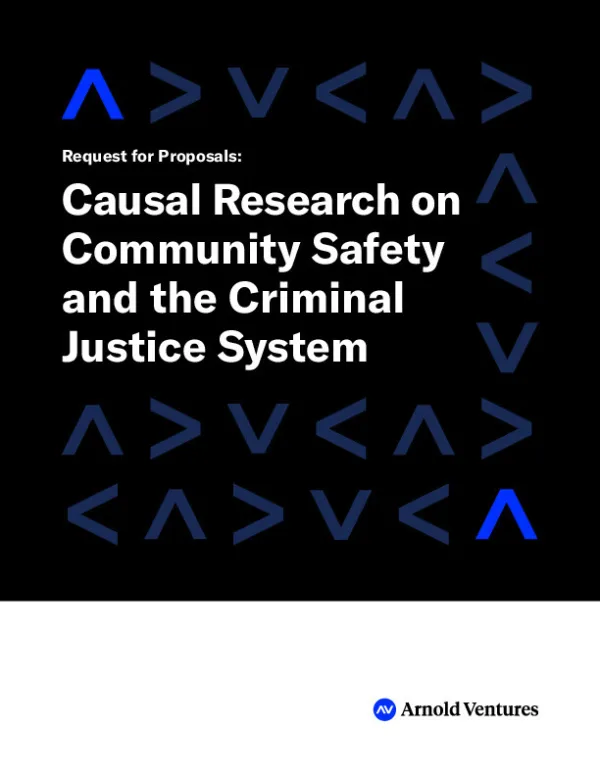The Opioid Epidemic

Opioid use disorder should be treated as a public health issue, not a criminal justice problem.
More than 49,000 people died of an opioid overdose in 2017, making it one of the deadliest public health crises in the U.S. Of the millions suffering, most don’t have access to high-quality treatment that could help them manage their disease. Among the barriers: a lack of quality treatment facilities, gaps in insurance coverage, and public policies that criminalize addiction.
We want to save lives and reduce the economic, social, and criminal justice costs of the opioid epidemic. Research shows that a combination of medication and behavioral support is the most effective way to treat the disorder, and we also support efforts to reorient care around chronic disease management practices. In an effort to prevent overdose deaths, we also fund research on interventions such as naloxone and syringe distribution programs.

Image: Dr. Dan Lonergan, a pain specialist who also focuses on substance use disorder, treats patient Jeff McCoy at his practice in Franklin, Tennessee. Back pain still bothers McCoy; he spends a chunk of each day flat on his back to rest it. Suboxone helps a little, and he worries about not being able to find a doctor to prescribe it, if he or Lonergan were to move away. Special training is required to prescribe the medicine in an office setting. (David Goldman/The Associated Press)

Dying Without Treatment: The Opioid Crisis in Communities of Color
Stories
See all












